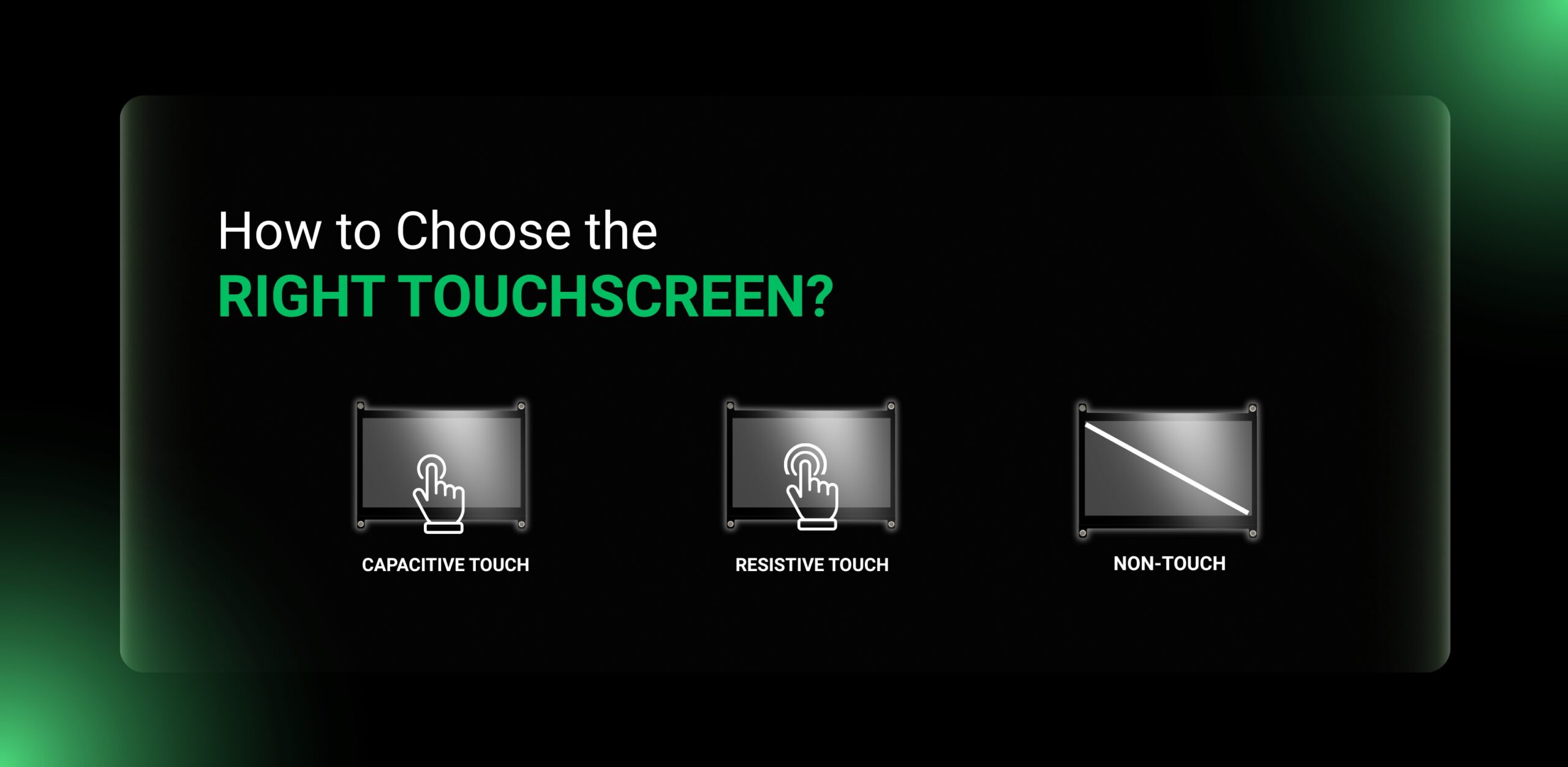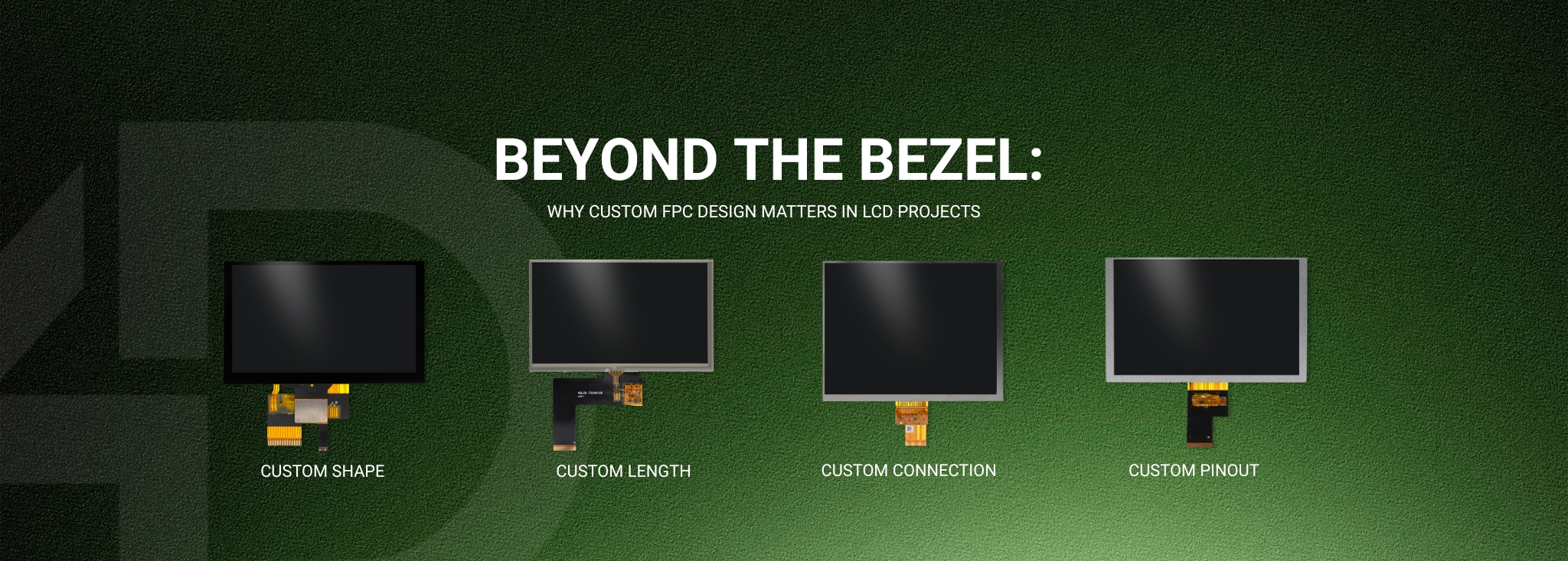What Is the Difference Between LCD and TFT LCD?
Discover the key differences between LCD and TFT LCD technologies. Learn how each display type works, their advantages, and which is best suited for your application.
Understanding the Pros and Cons of TFT LCD Displays
Thin-Film Transistor (TFT) LCDs are prevalent in various electronic devices, from smartphones to industrial equipment. Their widespread use is attributed to several performance benefits, but like all technologies, they come with certain limitations. Here’s an in-depth look at the advantages and disadvantages of TFT LCD displays.
Advantages:
1. High Image Quality
TFT LCDs offer sharp images with vibrant colours, making them ideal for applications requiring detailed visuals.
This simple process has a big impact on performance especially in rugged, industrial, or outdoor applications.
2. Fast Response Times
The active matrix of transistors allows for quick pixel response, reducing motion blur in dynamic content.
3. Wide Viewing Angles
Advanced TFT technologies, like IPS (In-Plane Switching), provide consistent image quality from various viewing positions.
4. Compact and Lightweight
TFT LCD panels are thin and light, facilitating sleek device designs.
5. Energy Efficiency
Compared to older display technologies, TFT LCDs consume less power, extending battery life in portable devices.
Disadvantages
1. Limited Contrast Ratios
TFT LCDs may not achieve the deep blacks and high contrast ratios found in OLED displays.
This simple process has a big impact on performance especially in rugged, industrial, or outdoor applications.
2. Colour Shifting
Some TFT panels can exhibit colour distortion when viewed from extreme angles, though this is mitigated in IPS panels.
3. Backlight Bleeding
Uneven backlighting can lead to light leakage around the edges, affecting image uniformity.
4. Cost
High-quality TFT LCDs, especially those with advanced features, can be more expensive than basic display options.
Is TFT LCD Right for Your Application?
When selecting a display technology, consider the specific needs of your application. If you require high-resolution images, quick response times, and energy efficiency, TFT LCDs are a strong candidate. However, for applications demanding superior contrast or viewing angles, alternative technologies might be more suitable.
4D LCD’s Expertise
At 4D LCD, we specialise in providing customised TFT LCD solutions tailored to your project’s requirements. Our team can guide you through the selection process, ensuring optimal performance and integration.




